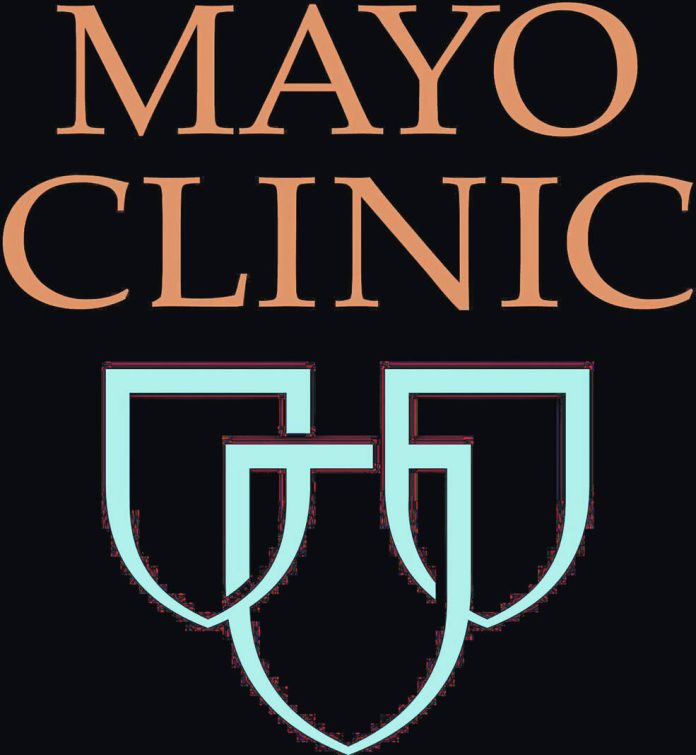There are more than 90,000 people on the waiting list for a kidney transplant in the U.S. Unfortunately, the demand for kidneys exceeds the supply. However, so-called living donor chains are giving hope to those in need of vital organs.
Dr. Shennen Mao, a Mayo Clinic transplant surgeon, explains how donor chains work.
She says living kidney donor chains are a great way to increase the number of available organs for transplant.
“A living kidney donor chain is when someone altruistically donates a kidney, meaning donates a kidney with not a specific individual in mind, that can start a chain effect of donors,” explains Dr. Mao.
A donor chain also can be initiated when a good Samaritan donates on behalf of a friend or family member, but unfortunately, they’re not a direct match for the recipient. The incompatible donor then donates their kidney to another person who is a match, while the original recipient gets a kidney from another compatible donor in the chain.
“There’s no limit on the chain reaction. There have been chains of two, four, eight, sometimes even more,” says Dr. Mao.







